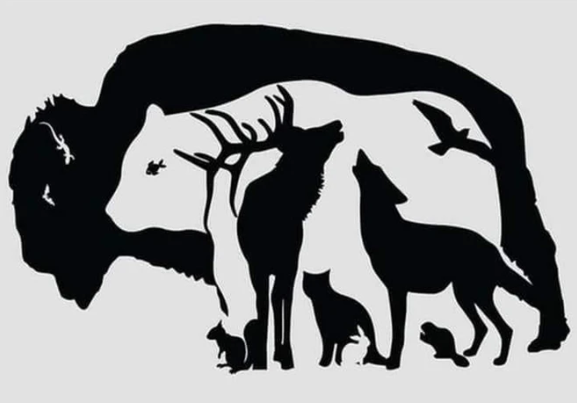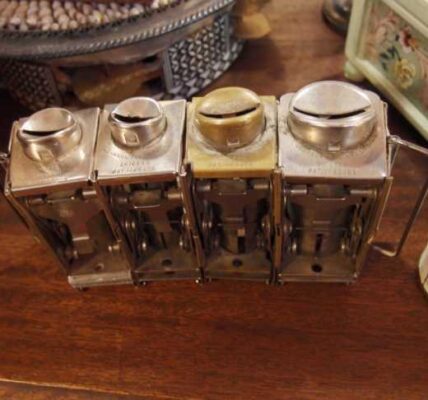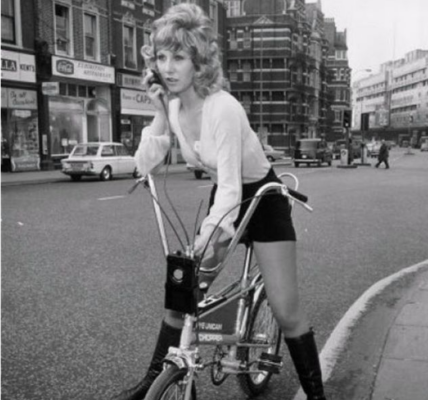Have you ever stared at an optical illusion and thought, “This should be easy,” only to find yourself completely stumped? That’s exactly what happens with today’s challenge—a cleverly designed silhouette of a large bison that hides a fascinating collection of animals within its outline. At first glance, you might spot a handful, but the deeper you look, the more animals you’ll discover. Ready to test your observation skills? Let’s dive in and see how many you can uncover!
Why Optical Illusions Fascinate Us
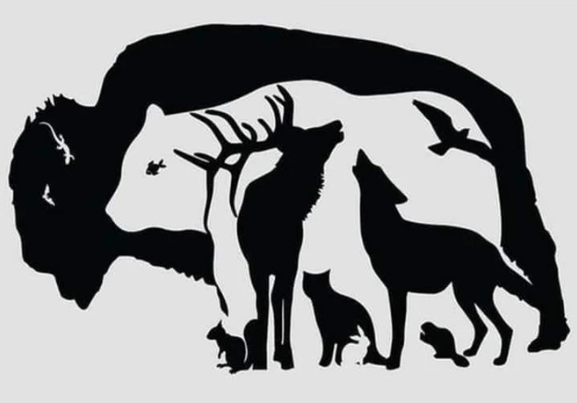
Optical illusions are more than just fun—they’re a workout for your brain. They challenge your perception, making you see things that aren’t immediately obvious. In this puzzle, your mind naturally focuses on the bison’s outline, overlooking smaller details. This phenomenon, known as gestalt perception, tricks the brain into prioritizing the whole image over the parts that compose it.
But don’t worry! Missing the hidden animals on your first try is entirely normal. These puzzles are designed to play with our expectations and reward those who take the time to look closer.
Common Mistakes When Searching for Hidden Animals
Solving an intricate optical illusion like this one is tricky for a reason. Let’s explore a few common pitfalls:
- Focusing on the Bigger Picture
Our brains are wired to notice large, dominant shapes first. In this case, the bison’s silhouette draws all your attention, making it harder to spot the smaller animals nestled within. - Overlooking Negative Space
Some animals in this illusion are crafted from negative space—the areas around and between objects. If you’re not actively searching for shapes within these spaces, you might miss them entirely. - Stopping Too Soon
Many people stop counting after finding a few animals, convinced they’ve spotted them all. However, this puzzle rewards persistence, with subtle shapes hiding in unexpected places. - Getting Stuck on One Area
It’s easy to focus on one part of the image and neglect the rest. A systematic approach, scanning every inch of the picture, can reveal the elusive shapes you initially missed.
Step-by-Step Breakdown: Finding the Hidden Animals
Let’s go section by section and identify each hidden creature. Did you find them all?
1. The Bison
The most prominent figure, the bison, forms the main structure of the image. It’s nearly impossible to miss, as it’s the puzzle’s foundation.
2. The Lizard
Located near the top left of the bison’s head, the lizard blends into the background with its elongated body and tiny limbs.
3. The Bird
On the right side of the bison, you’ll notice the outline of a bird in flight. Its spread wings make it identifiable but easy to miss due to its smaller size.
4. The Bear
At the center of the image, the bear’s large and defined shape stands out, but it can merge into the bison’s body if you’re not looking closely.
5. The Wolf
Just to the right of the bear, the wolf’s howling posture is a striking feature. Its position near the larger shapes can make it tricky to spot.
6. The Fish
Near the lower left, a small fish shape appears, cleverly hidden in the darker tones of the bison’s silhouette.
7. The Bat
Around the upper left corner, a bat spreads its wings near the lizard. Its small size and position make it one of the harder shapes to detect.
8. The Moose
To the left of the bear, the moose’s antlers are a dead giveaway. Once you spot them, you’ll see its upright stance and distinctive outline.
9. The Squirrel
Toward the lower center, the squirrel sits quietly. Its rounded body and curled tail make it a subtle but charming addition to the illusion.
10. The Rabbit
Nearby, a rabbit with long ears sits close to the squirrel. Its small size and position make it another easy-to-miss feature.
11. The Beaver
Near the bottom right, the beaver’s flat tail gives it away. It’s one of the smaller animals, requiring a sharp eye to locate.
12. The Lynx
Finally, the lynx stands poised in the lower middle of the image. Its feline form is subtle but distinguishable by its pointed ears.
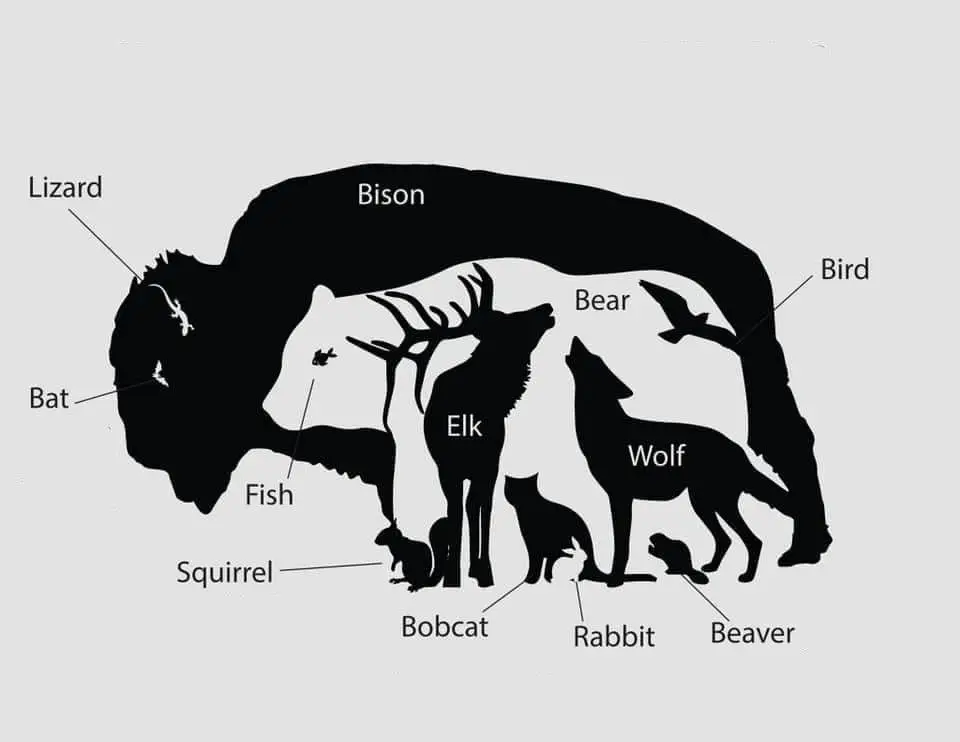
How Did You Do?
Did you spot all twelve animals? If so, congratulations—you’ve got a keen eye for detail! If not, don’t worry. Puzzles like this are designed to challenge even the sharpest observers. Each animal is strategically placed to blend into the bison’s outline, requiring patience and focus to find them all.
The Joy of Solving Optical Illusions
Why do we enjoy puzzles like this? Beyond the fun, they offer a unique way to sharpen our observational skills. They teach us to look beyond the obvious, to find meaning in the small details, and to appreciate the artistry involved. Plus, there’s nothing quite like the satisfaction of solving a tricky puzzle and uncovering all its secrets.
Conclusion
Optical illusions are a fantastic blend of art and psychology, challenging us to see the world in new and unexpected ways. This bison puzzle, with its hidden animals, is a perfect example of how much detail can hide in plain sight. By taking the time to analyze and explore every corner of the image, you not only improve your focus but also enjoy the thrill of discovery.
So, how many animals did you spot? Whether you found a few or all twelve, the journey of solving the puzzle is the real reward. Keep exploring, keep challenging yourself, and most importantly—have fun! Share your count in the comments below and see how your observational skills stack up against others. Happy puzzling!
